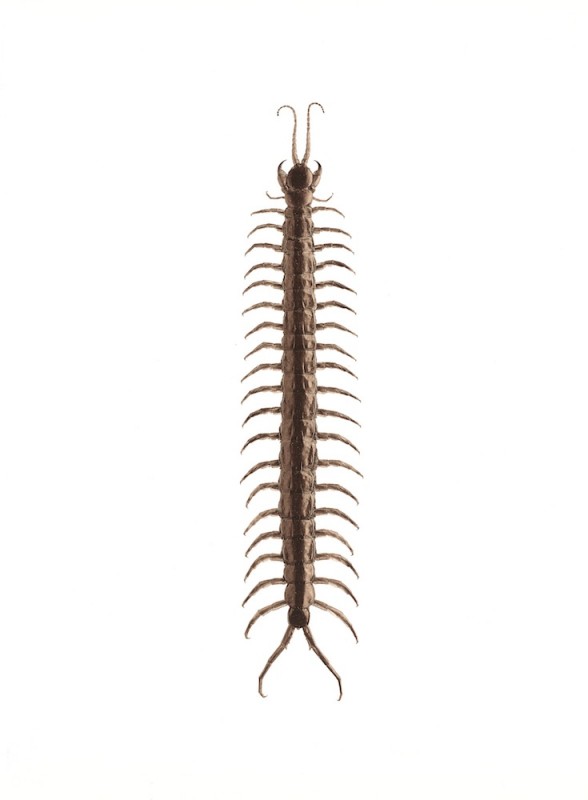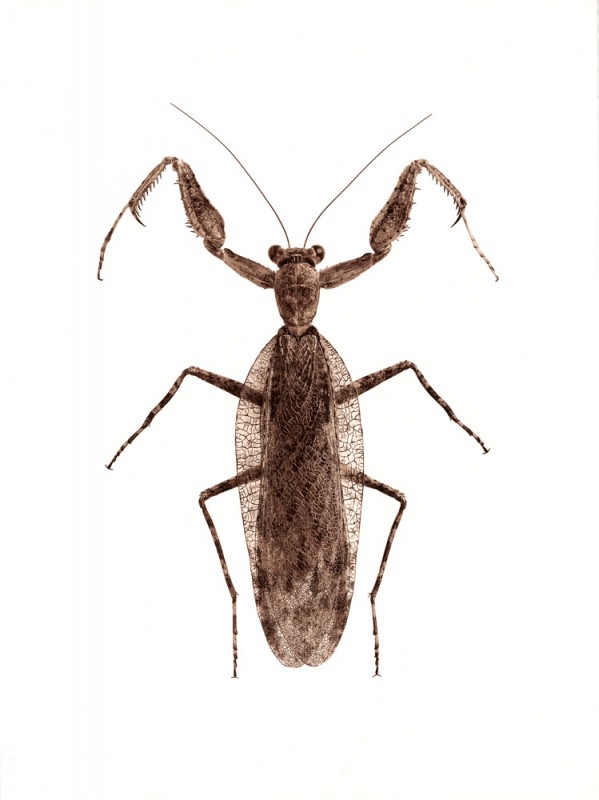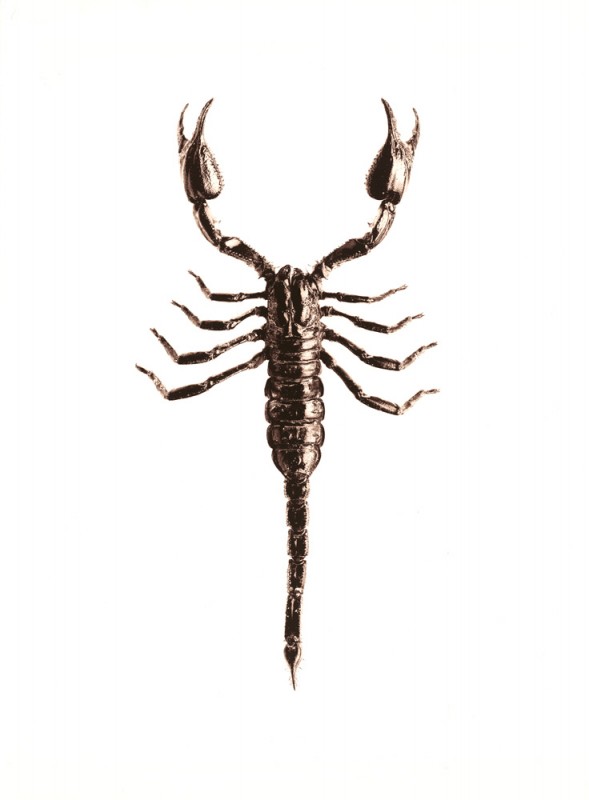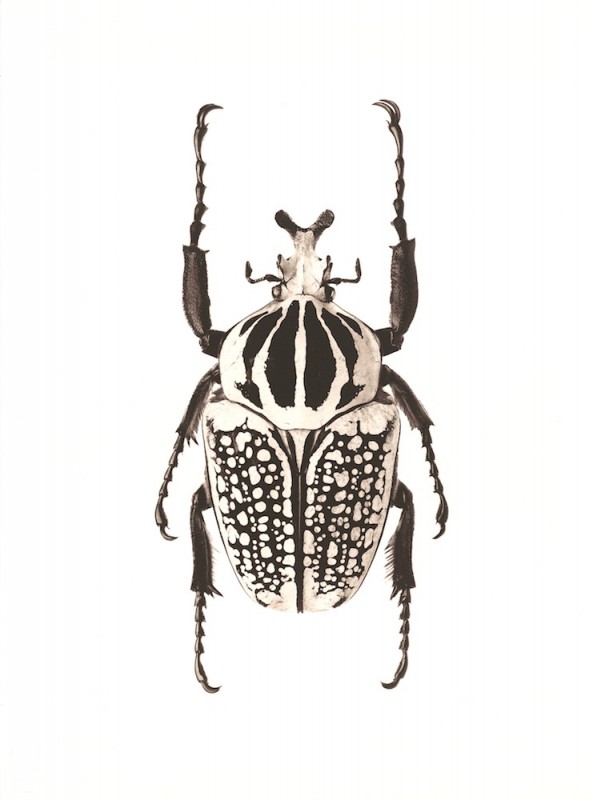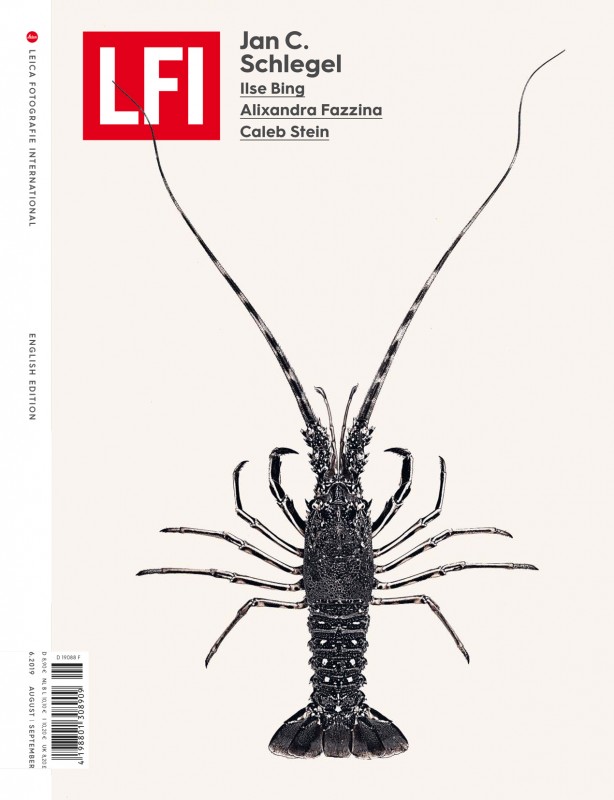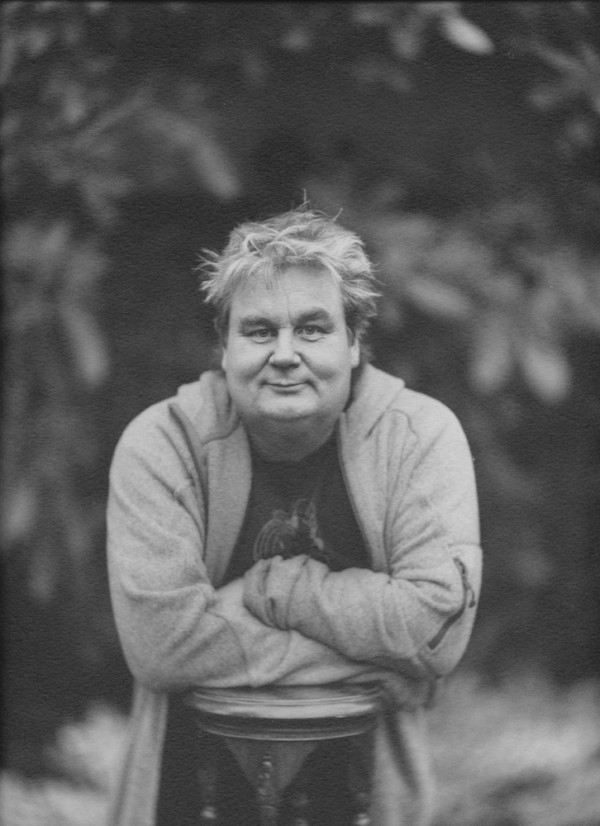Behind the Scenes: Of Monster and Dragon
Behind the Scenes: Of Monster and Dragon
Jan C. Schlegel
August 15, 2019
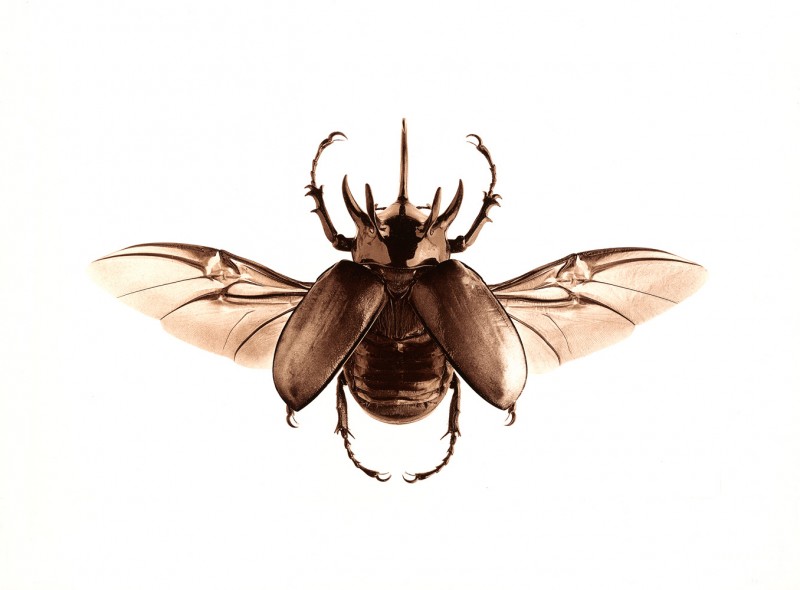
I'm fascinated by the beauty of the creatures. They look as though they come from another world. What I hope to achieve is that viewers take time to consider them. That they don't run away, but look at them quietly and up close, and come to appreciate their fascinating appearance.
So as to create the best possible prints to capture the fine structures of their surfaces and their exotic patterns, I worked with the calotype process invented by William Henry Fox Talbot (1800-1877) in the 19th century. It is a multi-level process that is done completely by hand. First of all, you spread a salt solution over a sheet of very pure cotton paper, then let it dry. Next a silver nitrate solution is spread on the paper, to create light-sensitive silver chloride. The exposure with the negative transforms the silver chloride in the picture, producing metallic silver. Then it's fixed with ammonium thiosulphate and a light, golden-coloured borax tint, followed by a two-hour rinse to ensure maximum stability.
Calotypes can provide the largest range of shades of colour of any photographic process, which is why I felt it was perfect for the series; but, because it is such a complex and expensive process, it has nearly fallen into oblivion.”
LFI 6.2019+-
Discover the second part of Jan C. Schlegel's nature trilogy, studies of sea creatures, by checking out the Creatures of the Seven Seas portfolio that appeared in LFI 06/2019. More
Jan C. Schlegel+-
Born in Triberg, Switerzerland, in 1965, Schlegel discovered a passion for black and white photography while attending a workshop with Walter Schels. Toni Schneiders, a successful photographer from his area, became his mentor. Schlegel works a lot in the portrait photography genre, with a focus on issues of globalisation and identity. His pictures have been on display at international galleries, exhibitions and art fairs. More


